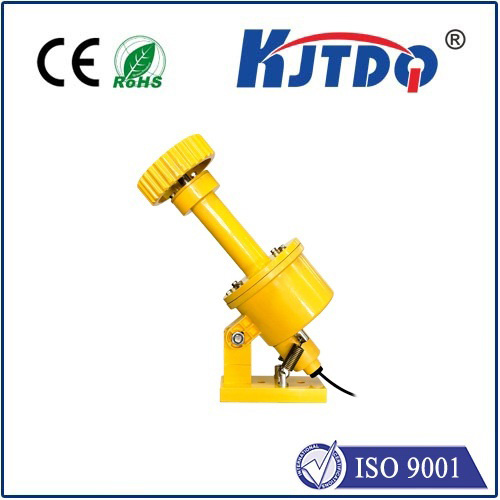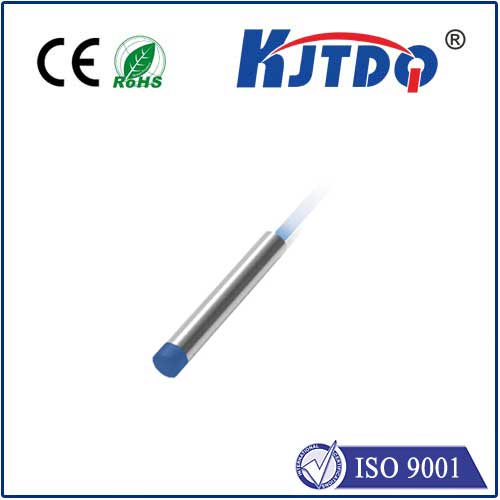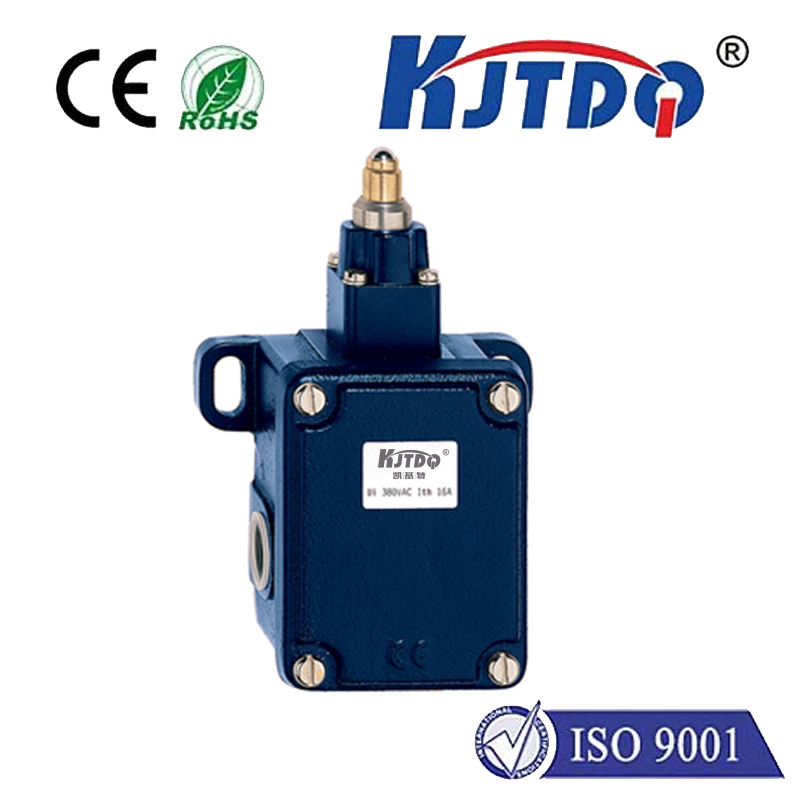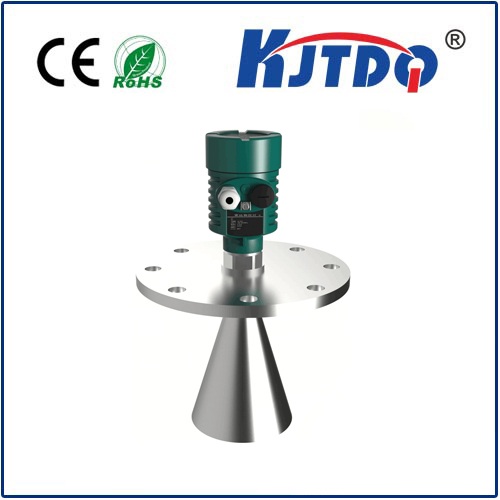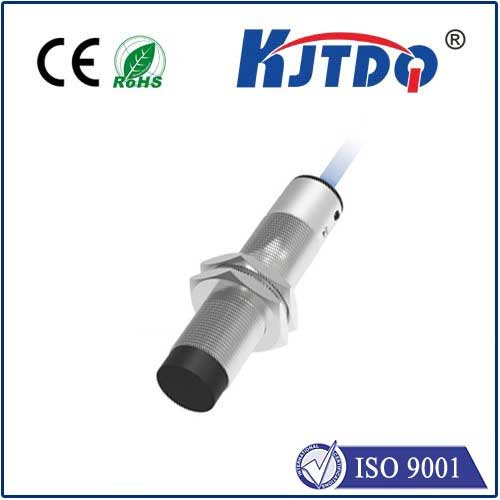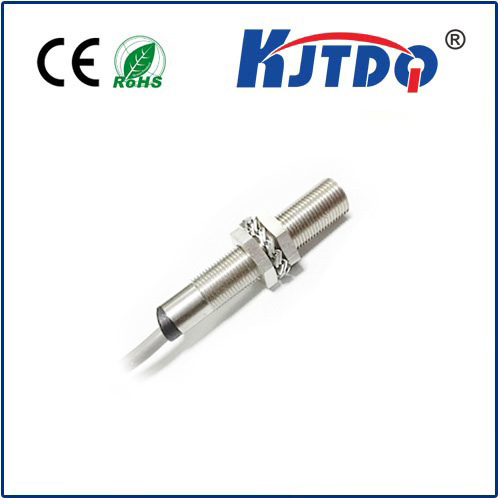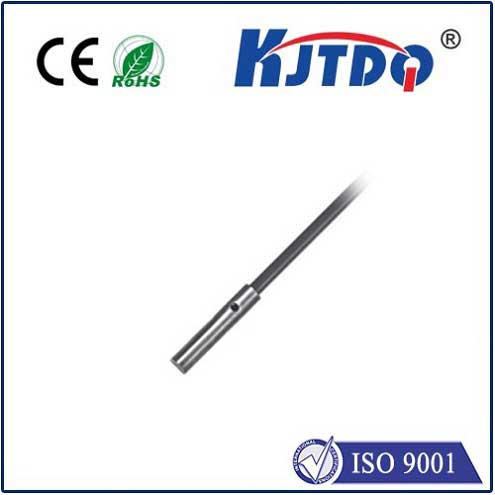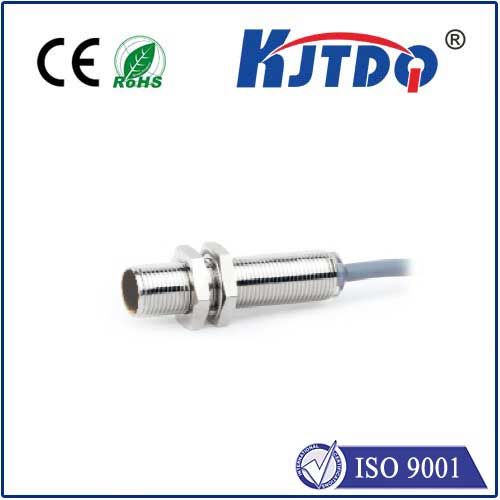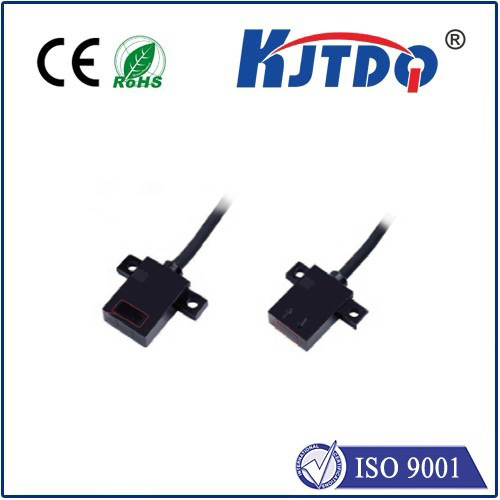

check

check

check

check

check

check

check

check

check

check
Title: The Importance of Laser Gas Detectors in Ensuring Workplace Safety
Introduction
The use of laser gas detectors has become increasingly important in ensuring workplace safety. These devices are designed to detect the presence of hazardous gases, such as hydrogen sulfide, methane, and carbon monoxide, in the air. They do this by emitting a laser light that is absorbed by the gas molecules. When the gas molecules absorb the laser light, they emit a burst of energy that is detected by the detector. This allows employers to quickly identify and eliminate dangerous gas environments, minimizing the risk of accidents and injuries. In this article, we will discuss the importance of laser gas detectors in maintaining a safe work environment.
Section 1: How Laser Gas Detectors Work

Laser gas detectors use a combination of science and technology to detect hazardous gases. The devices consist of a laser source, an amplifier, and an optical detector. The laser source emits a continuous beam of light that is focused by the amplifier. When the laser hits a gas molecule in the air, it is absorbed and converted into heat. This heat causes the gas molecule to emit a burst of energy that is detected by the optical detector. The amplifier increases the intensity of the laser beam to ensure accurate detection of even low levels of gas.
Section 2: Benefits of Using Laser Gas Detectors
There are several benefits to using laser gas detectors in the workplace. Perhaps the most significant benefit is their ability to detect hazardous gases quickly and accurately. Unlike traditional gas detectors that rely on electrochemical sensors or other technologies, laser gas detectors do not require any physical contact with the gas, making them ideal for use in high-risk environments where contamination could occur. Additionally, laser gas detectors are highly sensitive and can detect levels of gas that may be invisible to the human eye. This allows for early intervention when dangerous levels of gas are detected, reducing the risk of accidents and injuries. Finally, laser gas detectors are relatively inexpensive and easy to install, making them accessible to businesses of all sizes.
Section 3: Best Practices for Using Laser Gas Detectors
To ensure maximum effectiveness, it is important to follow best practices when using laser gas detectors. First, ensure that the detector is properly calibrated before using it. Second, regularly check the device for signs of wear and tear, such as broken lenses or malfunctioning circuits. Third, maintain proper ventilation in the workspace to prevent accumulation of hazardous gases. Fourth, train employees on how to use the detector and what to do if it malfunctions. Finally, have a plan in place for addressing potential gas leaks or incidents involving hazardous substances.
Conclusion
In conclusion, laser gas detectors play a critical role in maintaining a safe work environment. Their quick detection capabilities, sensitivity, and ease of use make them invaluable tools for protecting workers from hazardous gases. By following best practices and ensuring regular maintenance, employers can maximize the effectiveness of these devices and minimize the risk of accidents and injuries.

